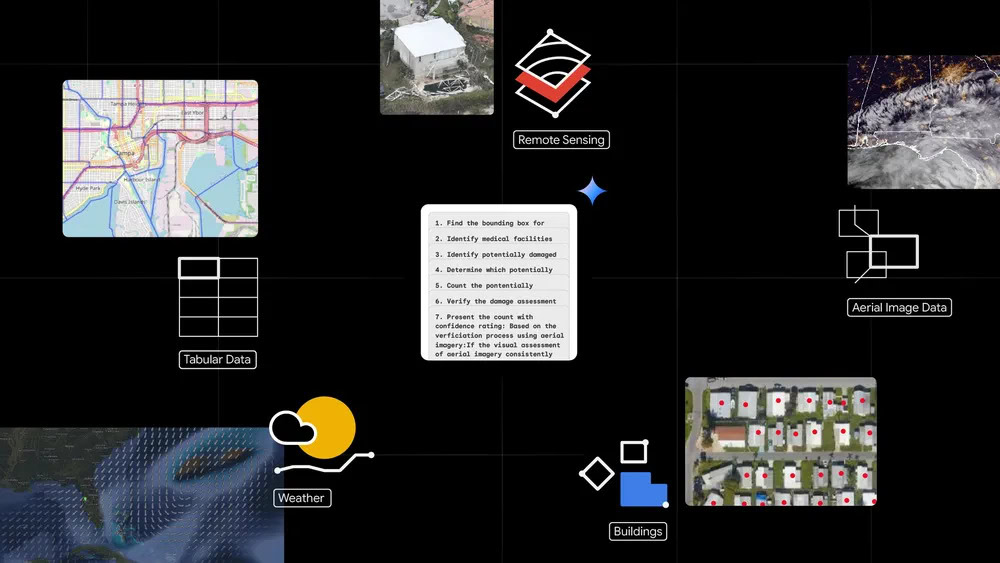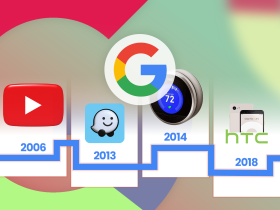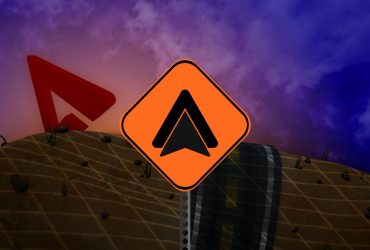Google Introduces A New Way To Analyze Geospatial Data Using AI

Contents
Summary: Google’s Research division has introduced new geospatial AI foundation models. With these models integrated into Gemini 2.5, you can ask complex questions in natural language and get detailed insights. Notably, Google has trained these models on high-resolution satellite and aerial images.
AI can already help you in many ways. However, the potential of AI is far beyond these everyday applications. This is why AI companies like Google are starting to tap into that potential. Yesterday, Google’s Research division introduced new geospatial AI foundation models that can help provide interesting insights about our planet.
Google Research has introduced new geospatial AI foundation models
Google, in its Research blog, mentions that it has trained the novel geospatial AI foundation models, including the latest remote sensing models, on high-resolution satellite and aerial images. The company notes that the training data also includes text descriptions and bounding box annotations.
What’s interesting is that AI geospatial foundation models can be refined for “mapping buildings and roads, assessing post-disaster damage, or locating infrastructure.” Google gives an example of users asking “residential buildings with solar panels” or “impassable roads” to get related images.
According to Google, Geospatial Reasoning will combine these AI foundation models with Gemini 2.5. This will help them understand questions in natural languages while intelligently analysing various geospatial data sources. As a result, you’ll be able to get complex insights about our planet by asking Gemini about it.
An example of why it would be beneficial
Google even provided an example showing how integrating the geospatial AI foundation models into Gemini can help a crisis manager. As seen in the video below, a crisis manager can ask Gemini to visualize the pre-disaster context, post-disaster situation, and identify damaged buildings. All that said, this is just another example of how much AI has evolved since we first heard of it.
What’s your reaction?
Love0
Sad0
Happy0
Sleepy0
Angry0
Dead0
Wink0









Leave a Reply
View Comments